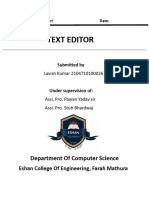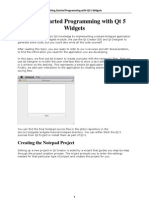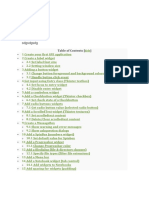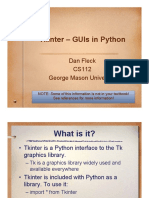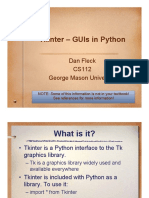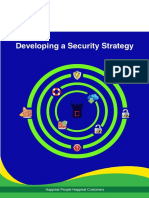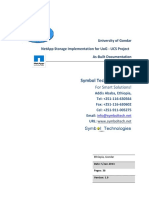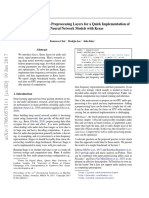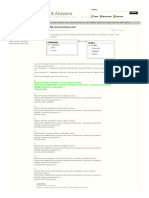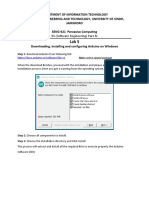0% found this document useful (0 votes)
168 views10 pagesPython Notepad GUI with Tkinter
This document describes a Python GUI notepad program. It features a scrollable text area, menu bar with File, Edit and Format options, and allows creating, opening, saving and editing text files. The source code uses Tkinter to create the GUI elements and menu structure. Methods handle file operations, text editing functions and font customization. Screenshots demonstrate the output and the conclusion states it is a powerful yet simple text editor for users.
Uploaded by
bibek64m5Copyright
© © All Rights Reserved
We take content rights seriously. If you suspect this is your content, claim it here.
Available Formats
Download as DOCX, PDF, TXT or read online on Scribd
0% found this document useful (0 votes)
168 views10 pagesPython Notepad GUI with Tkinter
This document describes a Python GUI notepad program. It features a scrollable text area, menu bar with File, Edit and Format options, and allows creating, opening, saving and editing text files. The source code uses Tkinter to create the GUI elements and menu structure. Methods handle file operations, text editing functions and font customization. Screenshots demonstrate the output and the conclusion states it is a powerful yet simple text editor for users.
Uploaded by
bibek64m5Copyright
© © All Rights Reserved
We take content rights seriously. If you suspect this is your content, claim it here.
Available Formats
Download as DOCX, PDF, TXT or read online on Scribd
/ 10







